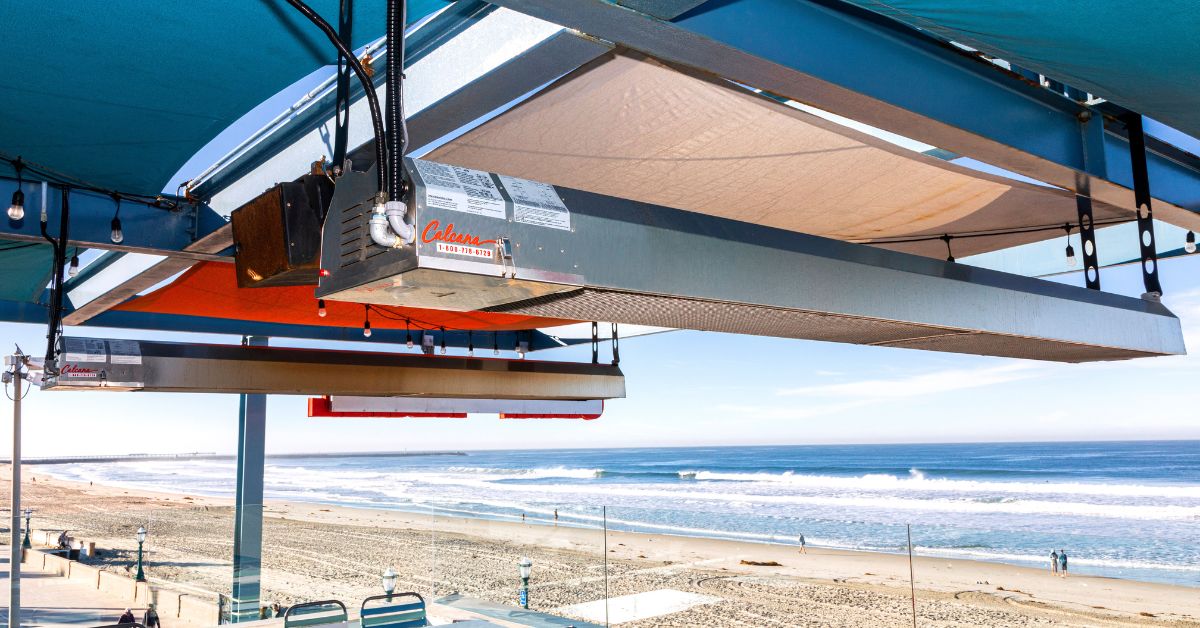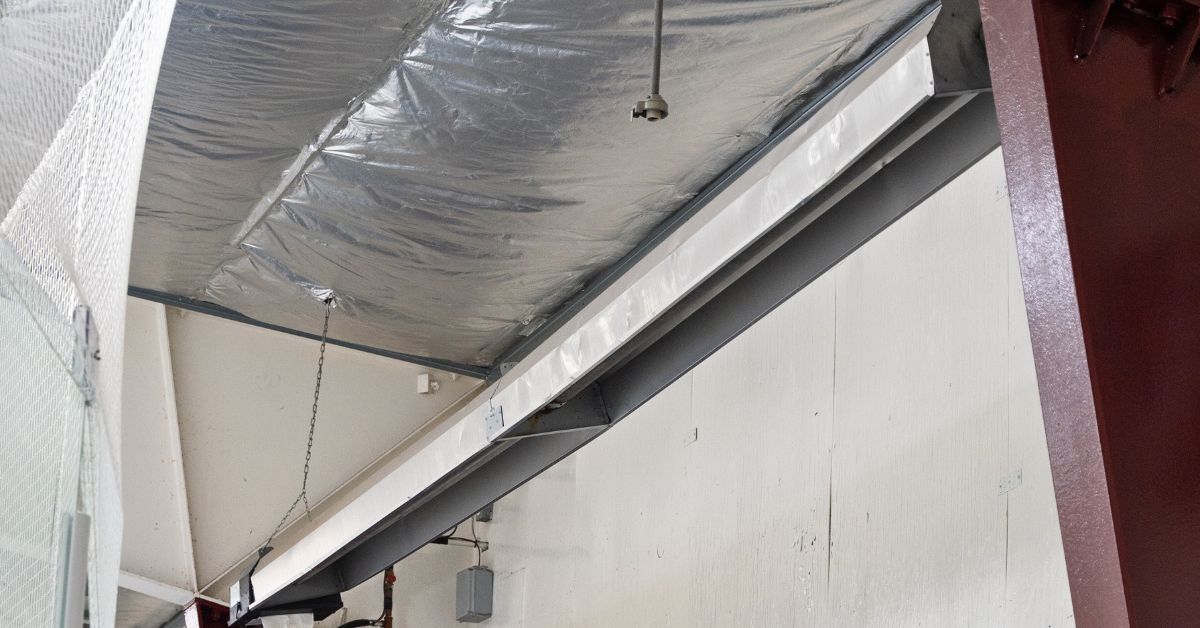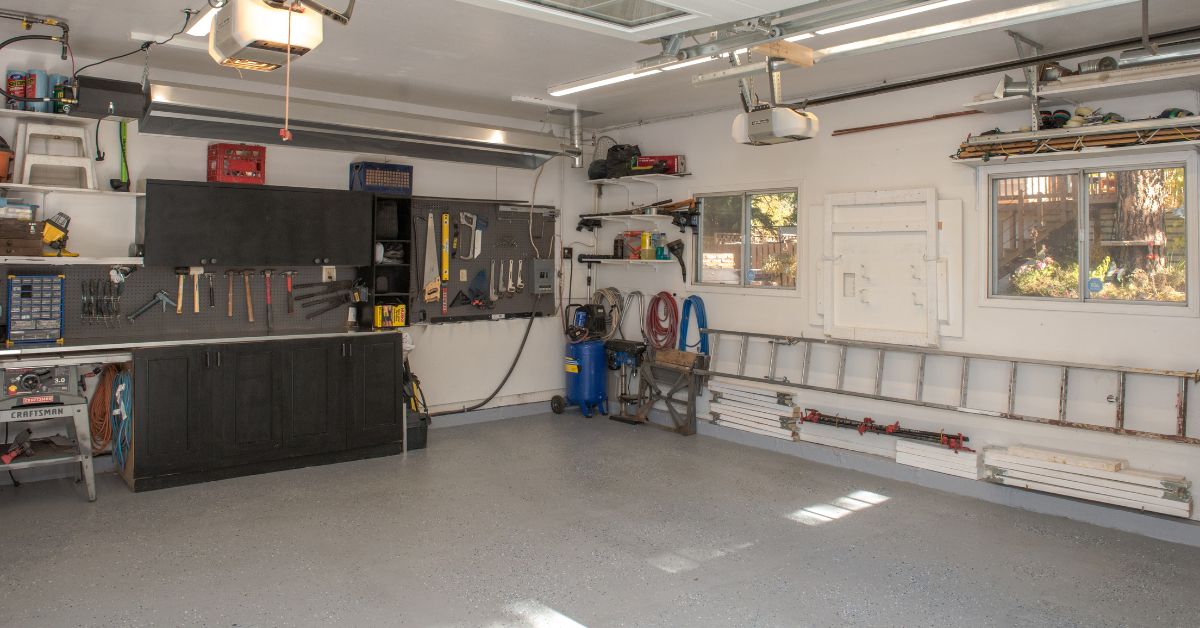When you operate a restaurant, hotel, or any commercial establishment with outdoor seating, wind can quickly turn a pleasant outdoor dining experience into an uncomfortable ordeal. Thankfully, infrared patio heaters can actually be used effectively in windy conditions. Create a space that your customers will enjoy by learning about the benefits of infrared patio heaters from experts at Calcana USA.
How Infrared Patio Heaters Work
Infrared patio heaters operate differently from traditional heating systems. Instead of warming the air around them, these units emit electromagnetic radiation that directly heats people and objects within their range. This radiant heat travels through the air without warming it, much like how the sun heats the Earth.
The heating element inside an infrared heater reaches extremely high temperatures, typically between 1,800 and 2,000 degrees Fahrenheit. This intense heat creates infrared waves that travel outward from the unit. When these waves encounter solid objects like tables, chairs, or people, they convert back into heat energy to warm the surface directly.
This direct heating method offers several advantages over convection heaters, which rely on warming the surrounding air. Convection systems lose efficiency when wind disperses the heated air, but infrared heaters maintain their effectiveness because they heat objects directly rather than depending on still air to transfer warmth.
However, wind does affect infrared heaters in some ways. For example, strong gusts can cause the heating element to cool slightly, which may reduce the unit’s maximum output. Additionally, wind can create convection currents around the heater itself and pull some heat away from the unit’s housing. By keeping these factors in mind, operators can use their infrared patio heaters in windy conditions to effectively warm their space.
Performance Factors in Windy Conditions
Several factors determine how well your infrared patio heater performs when wind picks up. For instance, units with protective housings or reflective shields maintain their efficiency better than exposed heating elements. The reflector’s shape and material quality also influence performance, with polished aluminum reflectors providing heating solutions even in breezy conditions.
Also, higher-mounted heaters may experience more wind exposure, but they also cover larger areas and can overcome some wind interference through increased coverage. Lower-mounted units, on the other hand, face less wind resistance but may have reduced coverage. Install your heating units at appropriate heights to keep the systems functional and structurally sound during operations.
The heater’s power output determines its ability to overcome wind-related efficiency losses as well. Higher-wattage units maintain effective heating even when wind reduces their overall efficiency. A 1,500-watt infrared heater may struggle in strong winds, while a 2,000-watt unit continues providing adequate warmth under the same conditions.
Finally, crosswinds cause less interference than head-on winds that blow directly against the heating element. Understanding your location’s prevailing wind patterns helps you position heaters for optimal performance throughout different seasons.

Optimal Placement Strategies
Installing heaters in naturally sheltered areas, such as in covered patios or spaces protected by walls or windbreaks, improves performance in windy conditions. These locations reduce direct wind exposure while allowing infrared radiation to reach its intended targets.
To block the air, corner installations often provide excellent wind protection on patios. Placing heaters in building corners or between structural elements creates natural wind barriers that preserve heat efficiency. This positioning also allows the reflective surfaces to direct heat more effectively across the seating area.
Before choosing a location for your installation, consider positioning heaters so that furniture and structures provide additional wind protection to maintain comfort levels. Tables, chairs, and decorative elements can serve as miniature windbreaks that preserve the heated zone around your customers.
Larger outdoor spaces may benefit from multiple heater installations rather than a single large unit in windy locations. Distributing heat sources across your outdoor space controls the temperature more effectively so that wind doesn’t eliminate all heat.
Safety Considerations in Windy Weather
When the weather conditions are too harsh for outdoor seating, how well will your systems hold up against the winds? Strong gusts can affect the stability of freestanding units, potentially causing them to tip or shift positions. This is why installers at Calcana USA use mounted infrared units that stay secure.
To reduce further risks in hazardous conditions, ensure all electrical connections remain secure and protected from moisture that wind might drive into the heating area. Use weatherproof electrical boxes and covers rated for outdoor use, and inspect connections regularly for signs of weather damage.
Wind can blow leaves, paper, or other combustible materials against hot heating elements, which creates fire hazards on your property. Maintain clear zones around all heaters, and establish procedures for shutting down units when wind conditions become severe.
Never operate damaged infrared heaters in windy conditions. Wind can exacerbate existing problems with heating elements, electrical connections, or mounting systems. Inspect units before each use, and pay close attention to heating elements, reflectors, and mounting hardware.

Maintenance for Wind-Exposed Units
While these systems function well in breezy environments, infrared heaters exposed to frequent wind require more intensive maintenance than those in sheltered locations. Wind carries dust, pollen, and other airborne particles that accumulate on heating elements and reflectors and reduce efficiency. Luckily, cleaning the heating elements regularly will preserve the system for long-term performance.
Clean and align reflectors regularly to keep wind-exposed heaters directing infrared radiation efficiently. As you maintain the reflectors, also inspect and tighten mounting hardware to counteract loosening caused by wind stress. Finally, check electrical connections frequently for signs of corrosion, loose wires, or wind-related damage, and address any issues promptly to ensure both safety and performance.
Professional Installation Benefits
When investing in an infrared heating system, experienced installers can position heaters for optimal effectiveness. They properly mount your unit so that it withstands wind stress and maintains safety standards.
Professional installers can recommend the best heater types for your specific location and wind conditions. They understand the performance characteristics of different models and can match heater capabilities to your site’s requirements. This expertise prevents costly mistakes that may typically arise during a DIY installation.
Also, electrical work performed by qualified professionals complies with local regulations and protects your system from posing hazards. Proper electrical installation protects against moisture infiltration and provides reliable power delivery even during windy weather. With a trusted professional handling your heating installation, you can worry less about the system’s reliability and use its features for year-round comfort.
If you live in a windy climate, partner with your local heating specialists at Calcana USA to get the system you need for your commercial business. Our team offers infrared patio heaters built to withstand harsh weather conditions and provide quality heating solutions for your customers and staff. To learn more about our product designs and efficiency, contact our team for a consultation today!




Leave a comment
This site is protected by hCaptcha and the hCaptcha Privacy Policy and Terms of Service apply.